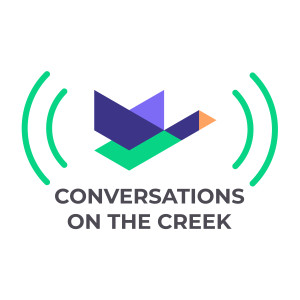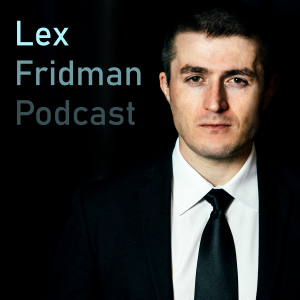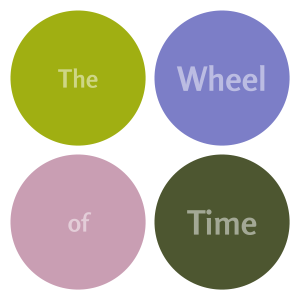

The O'Reilly Data Show Podcast
https://feeds.soundcloud.com/playlists/soundcloud:playlists:60386325/sounds.rssEpisode List

Machine Learning for Operational Analytics and Business Intelligence
In this episode of the Data Show, I speak with Peter Bailis, founder and CEO of Sisu, a startup that is using machine learning to improve operational analytics. Bailis is also an assistant professor of computer science at Stanford University, where he conducts research into data-intensive systems and where he is co-founder of the DAWN Lab.
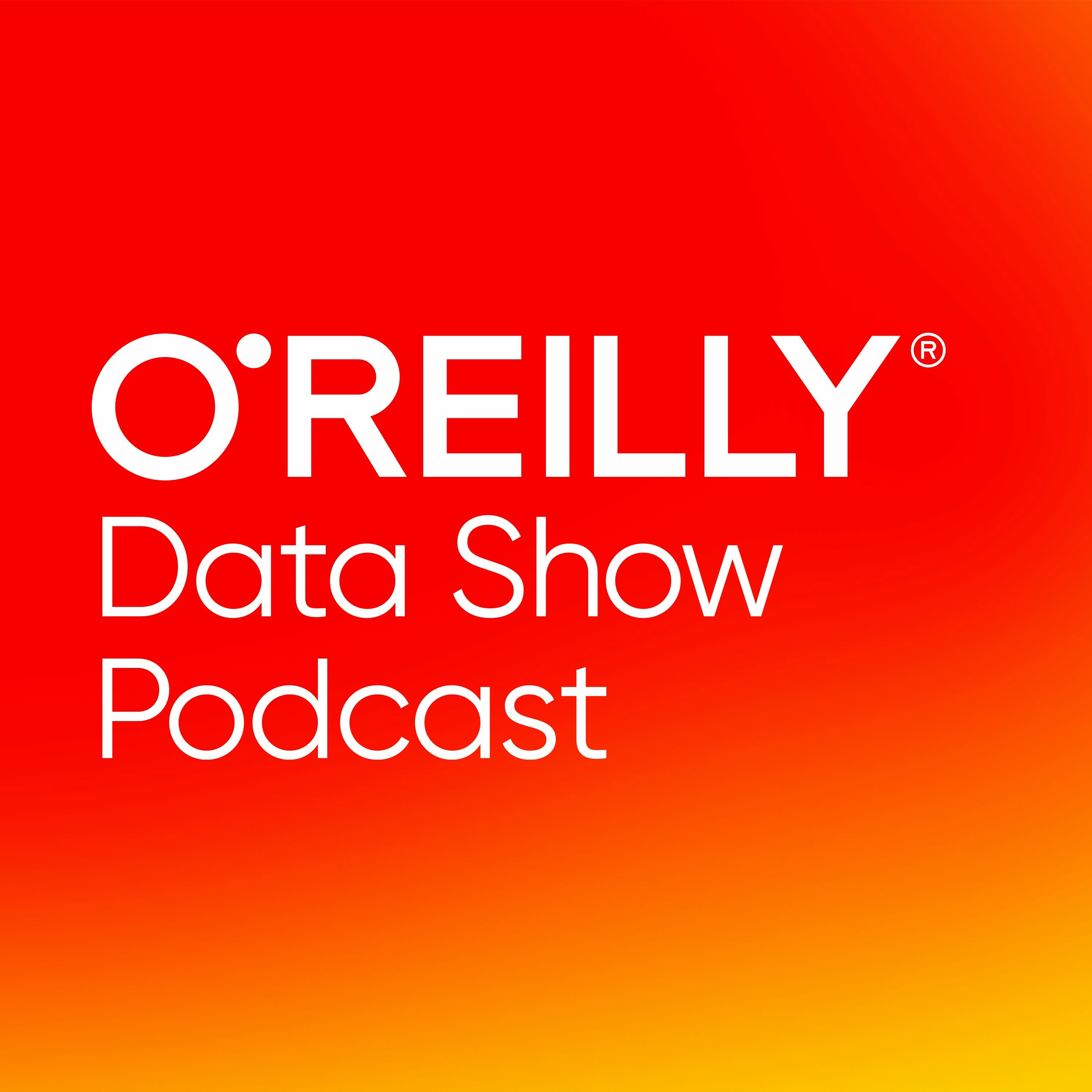
Machine Learning and Analytics for Time Series Data
In this episode of the Data Show, I speak with Arun Kejariwal of Facebook and Ira Cohen of Anodot (full disclosure: I’m an advisor to Anodot). This conversation stemmed from a recent online panel discussion we did, where we discussed time series data, and, specifically, anomaly detection and forecasting. Both Kejariwal (at Machine Zone, Twitter, and Facebook) and Cohen (at HP and Anodot) have extensive experience building analytic and machine learning solutions at large scale, and both have worked extensively with time-series data. The growing interest in AI and machine learning has not been confined to computer vision, speech technologies, or text. In the enterprise, there is strong interest in using similar automation tools for temporal data and time series.
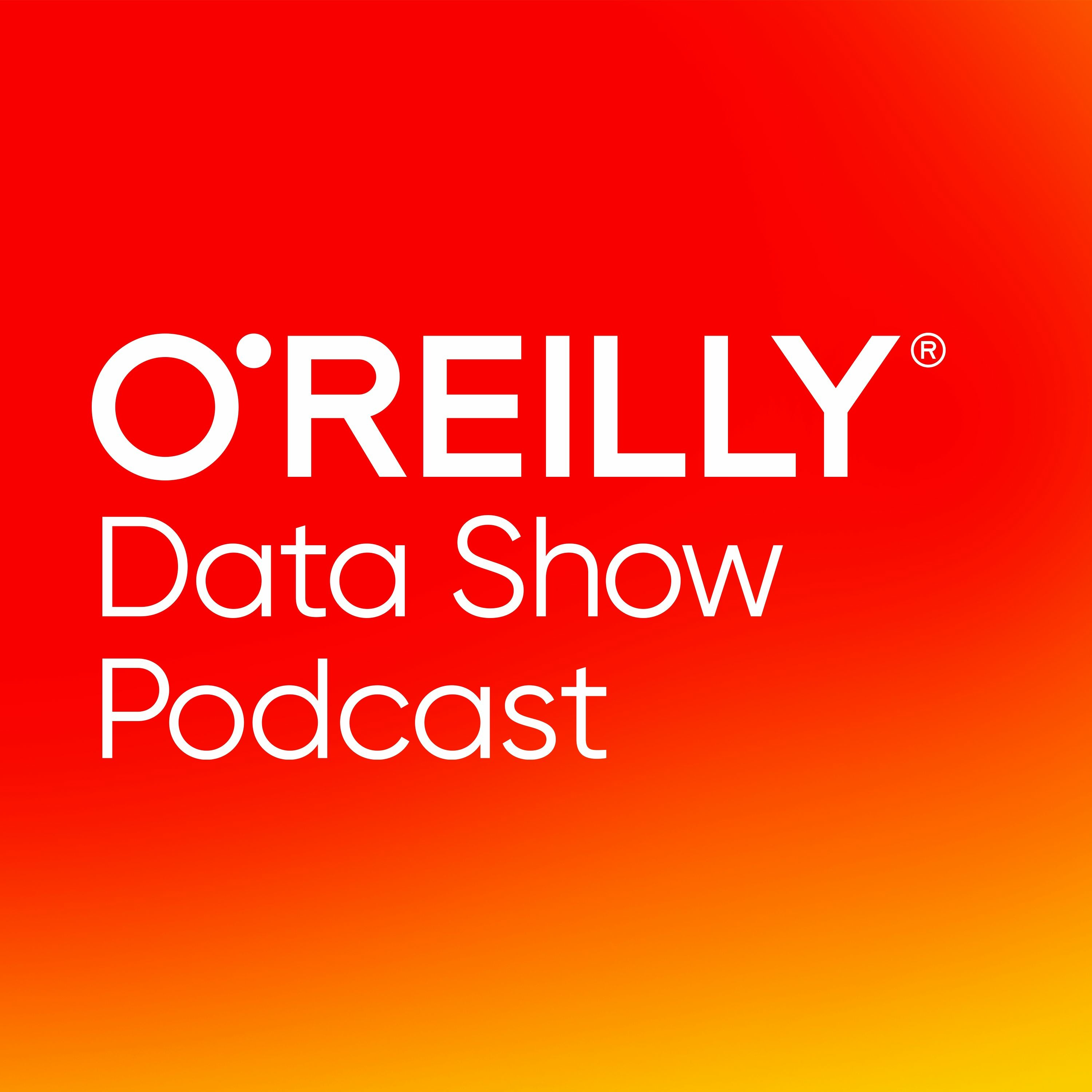
Understanding Deep Neural Networks
In this episode of the Data Show, I speak with Michael Mahoney, a member of RISELab, the International Computer Science Institute, and the Department of Statistics at UC Berkeley. A physicist by training, Mahoney has been at the forefront of many important problems in large-scale data analysis. On the theoretical side, his works spans algorithmic and statistical methods for matrices, graphs, regression, optimization, and related problems. On the applications side, he has contributed to systems used for internet and social media analysis, social network analysis, as well as for a host of applications in the physical and life sciences. Most recently, he has been working on deep neural networks, specifically developing theoretical methods and practical diagnostic tools that should be helpful to practitioners who use deep learning.
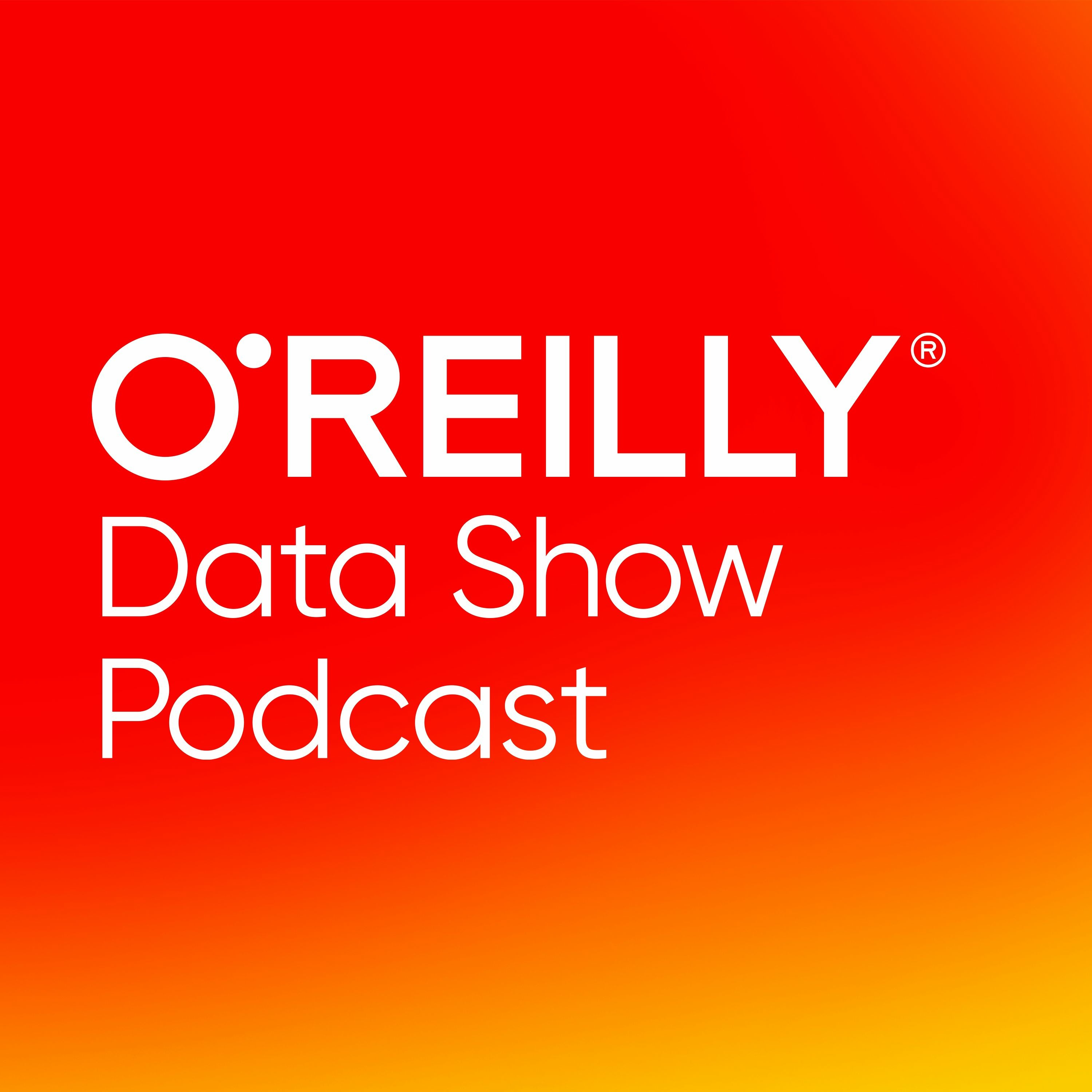
Becoming a Machine Learning Practitioner
In this episode of the Data Show, I speak with Kesha Williams, technical instructor at A Cloud Guru, a training company focused on cloud computing. As a full stack web developer, Williams became intrigued by machine learning and started teaching herself the ML tools on Amazon Web Services. Fast forward to today, Williams has built some well-regarded Alexa skills, mastered ML services on AWS, and has now firmly added machine learning to her developer toolkit.
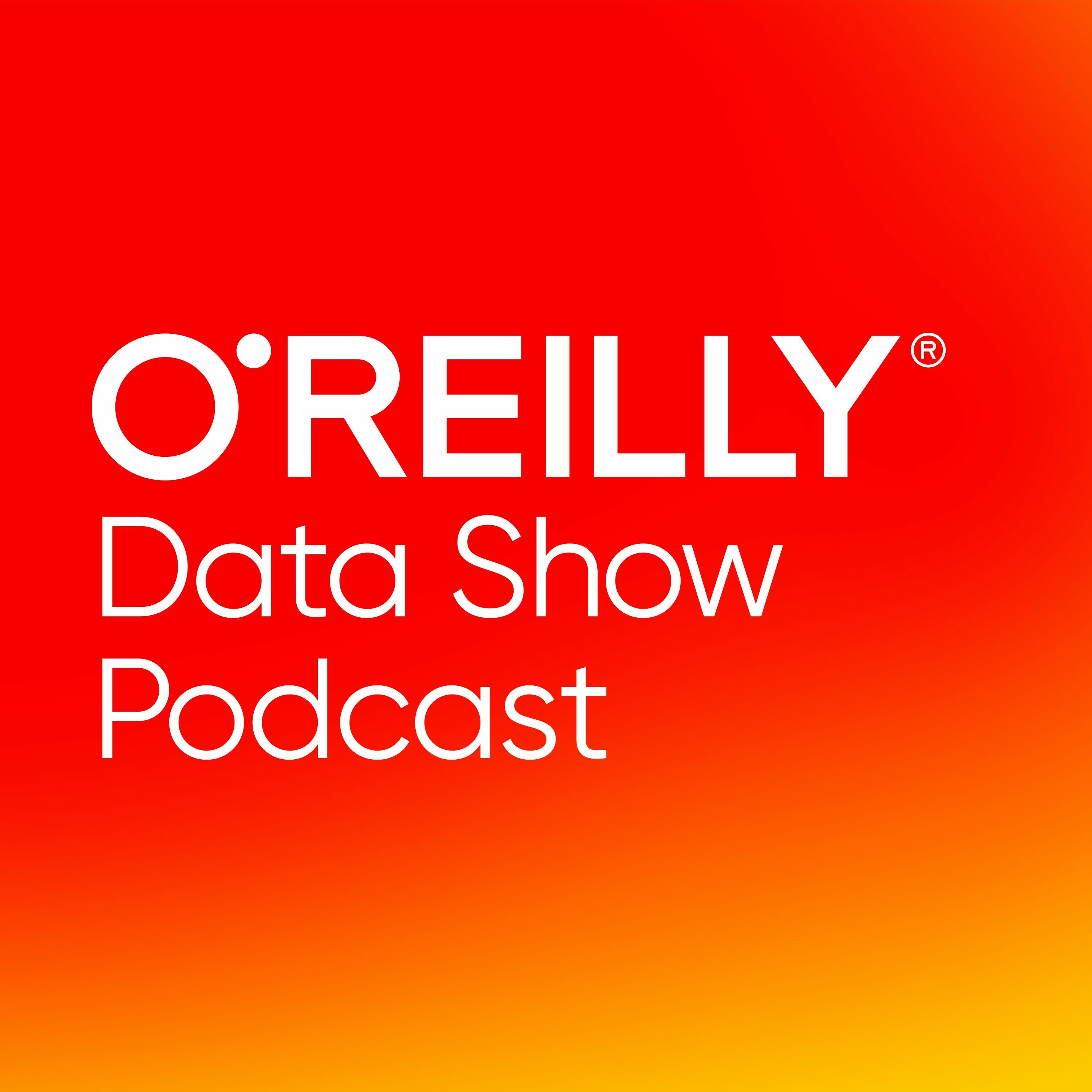
Labeling, Transforming, and Structuring Training Data Sets for Machine Learning
In this episode of the Data Show, I speak with Alex Ratner, project lead for Stanford’s Snorkel open source project; Ratner also recently garnered a faculty position at the University of Washington and is currently working on a company supporting and extending the Snorkel project. Snorkel is a framework for building and managing training data. Based on our survey from earlier this year, labeled data remains a key bottleneck for organizations building machine learning applications and services. Ratner was a guest on the podcast a little over two years ago when Snorkel was a relatively new project. Since then, Snorkel has added more features, expanded into computer vision use cases, and now boasts many users, including Google, Intel, IBM, and other organizations. Along with his thesis advisor professor Chris Ré of Stanford, Ratner and his collaborators have long championed the importance of building tools aimed squarely at helping teams build and manage training data. With today’s release of Snorkel version 0.9, we are a step closer to having a framework that enables the programmatic creation of training data sets.
Create Your Podcast In Minutes
- Full-featured podcast site
- Unlimited storage and bandwidth
- Comprehensive podcast stats
- Distribute to Apple Podcasts, Spotify, and more
- Make money with your podcast


